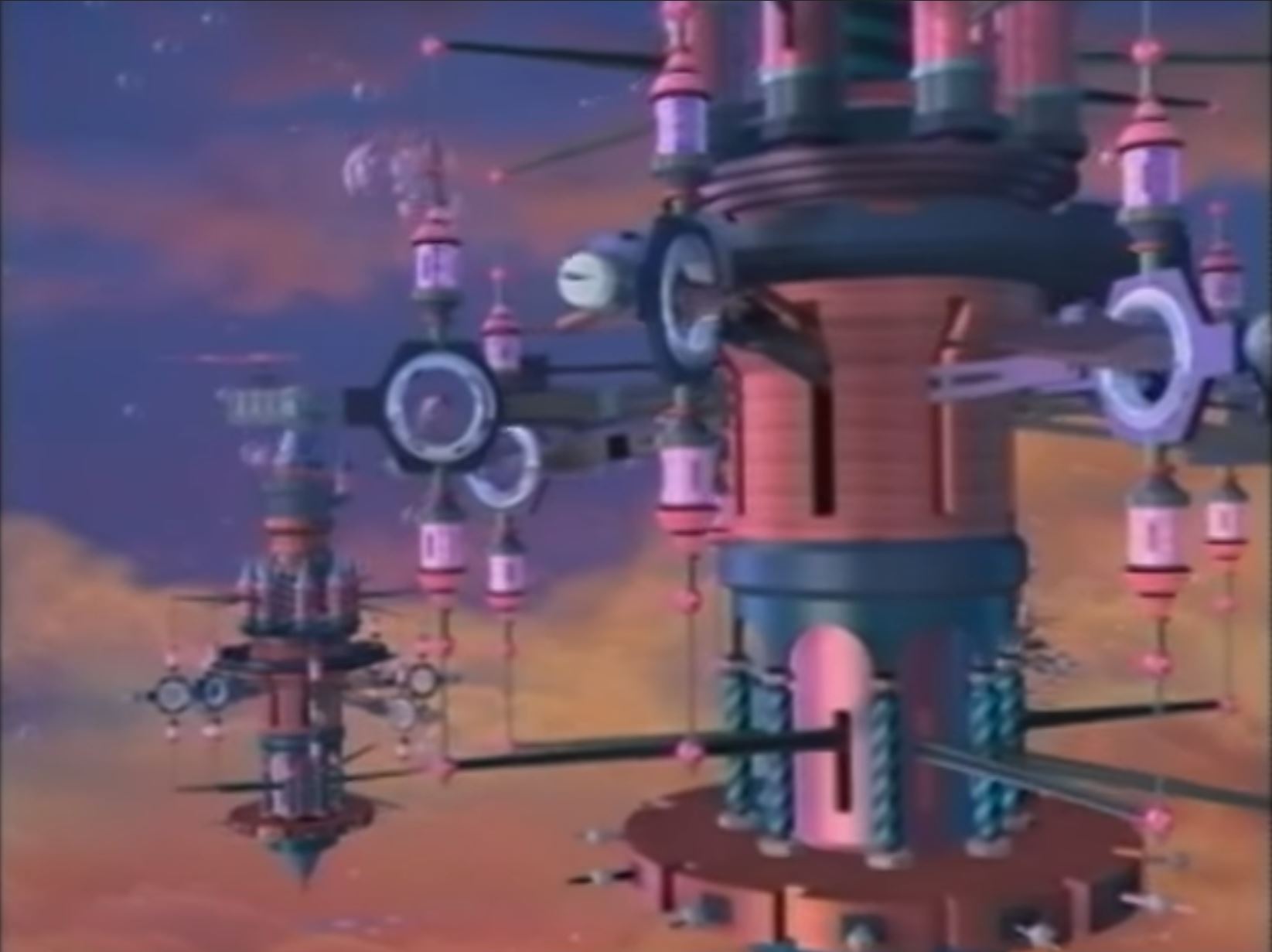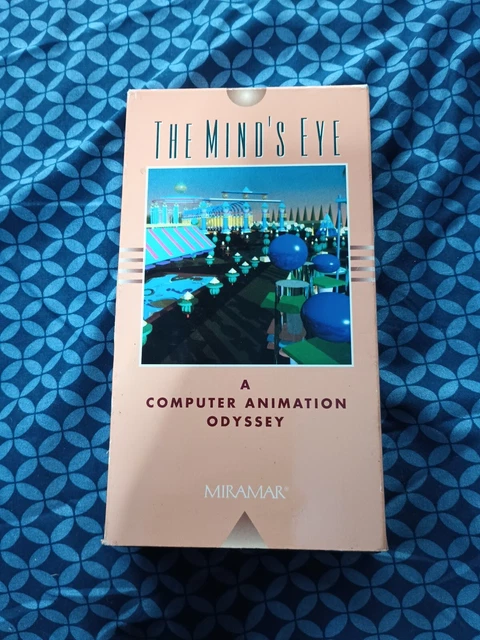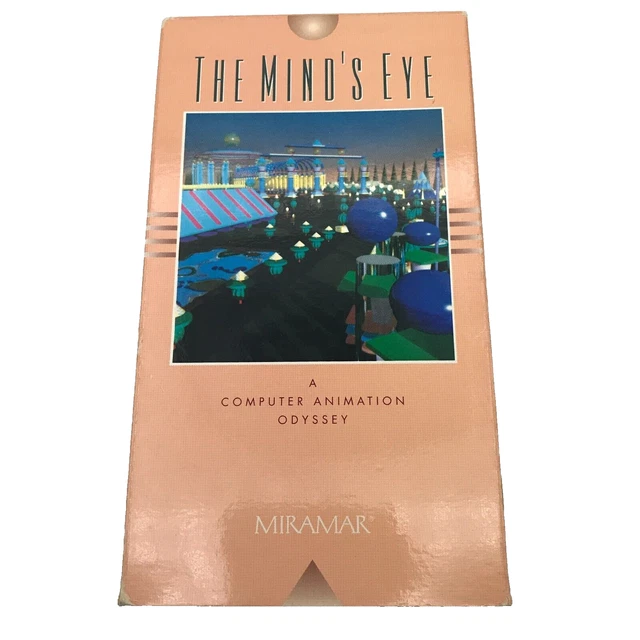The Mind's Eye A Computer Animation Odyssey

Ever wondered how cartoons went from simple sketches to mind-blowing spectacles? Buckle up, buttercup, because we're diving headfirst into the dazzling world of computer animation! It's a wild ride, a visual feast, and way more fun than watching paint dry (unless you *really* like watching paint dry).
From Flipbooks to Fantastic
Imagine a world without 3D Shrek grinning at you, or Simba belting out "Hakuna Matata." Hard to fathom, right? But there was a time when animation was all about painstakingly drawn frames, flipped rapidly to create the illusion of movement. Think of those little flipbooks you made as a kid, only, like, a million times more detailed.
Then came the digital revolution! Suddenly, artists had computers to help them bring their wildest dreams to life. This wasn't just about drawing; it was about sculpting virtual clay, crafting digital sets, and making pixels *dance*.
The Rise of the Renderers
So, how does a computer know what a fluffy cloud or a shiny robot should look like? That's where rendering comes in! It's like the computer's painting process, taking all the digital information and turning it into a beautiful, believable image. Think of it as the chef taking raw ingredients and turning them into a Michelin-star meal.
Early rendering was...well, let's just say it looked like video games from the '90s. Blocky, pixelated, and charming in its own awkward way. But as computers got more powerful, so did the rendering! Suddenly, reflections looked real, fur looked fluffy, and explosions looked, well, explosively awesome.
Key Players and Landmark Moments
We owe a huge debt of gratitude to the pioneers of this art form!
Ed Catmull, one of the founders of Pixar, is basically a god of computer animation. Seriously, the man deserves a statue made of polygons.
And who can forget Toy Story? The first fully computer-animated feature film! It wasn't just a movie; it was a declaration that computer animation had arrived and was here to stay. It was like the Beatles showing up on Ed Sullivan - a game-changer!
The Magic Behind the Motion
Making characters move convincingly is where things get *really* interesting. Animators use a technique called keyframing, setting specific poses at certain points in time. The computer then fills in the gaps, creating the illusion of smooth movement.
Think of it like posing action figures! You set up a cool pose at the beginning, another cool pose at the end, and the computer figures out how to get from point A to point B. Of course, professional animators are way more skilled than your average action figure enthusiast.
But it's not just about moving the characters. It's about conveying emotion! A slight twitch of the eyebrow, a subtle curve of the lips – these tiny details can make all the difference between a believable character and a creepy, robotic one.
The Future is Fuzzy (and Shiny!)
So, what's next for computer animation? More realism, for sure! We're talking about characters that are so lifelike, you'll forget they're not real. Imagine talking to a digital avatar that's indistinguishable from a real person. Spooky, but also super cool.
And interactive animation is on the rise! Imagine a movie where you can make choices that affect the story. Or a video game where the characters react to your every move with uncanny realism. The possibilities are endless!
Computer animation has come a long way from those humble flipbook beginnings. It's a testament to human creativity and technological innovation. So, the next time you're watching a stunning animated film, take a moment to appreciate the incredible artistry and ingenuity that went into bringing it to life!
:format(jpeg):mode_rgb():quality(90)/discogs-images/R-1238282-1202884921.jpeg.jpg)











:format(jpeg):mode_rgb():quality(90)/discogs-images/R-19090462-1623340468-6530.jpeg.jpg)



![The Mind's Eye A Computer Animation Odyssey The Gate To The Mind s Eye [Laserdisc, Bildplatte, NTSC]. A Computer](https://pictures.abebooks.com/inventory/17518436593.jpg)

